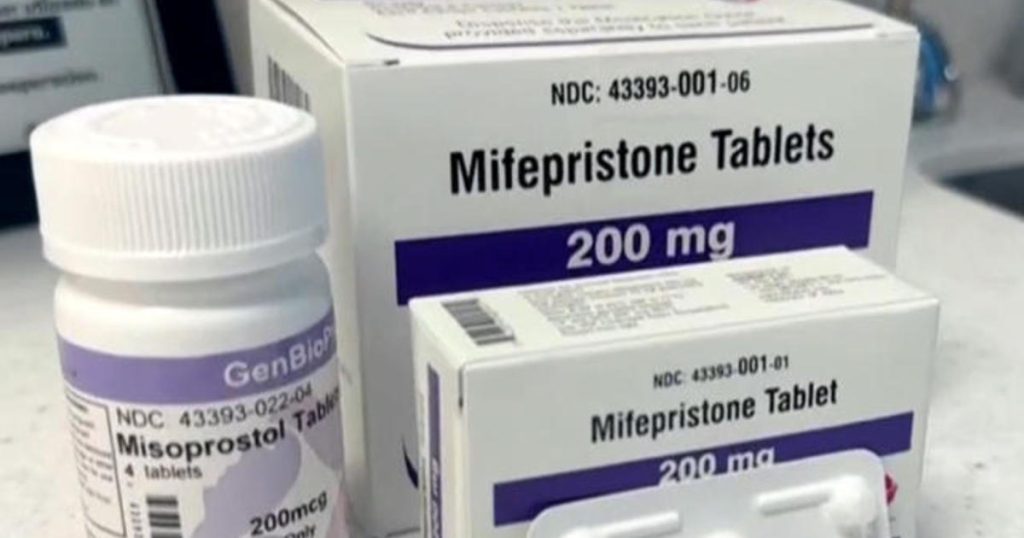The Supreme Court recently heard arguments in a case that could potentially have a significant impact on access to abortion medication in the United States. The case involves a federal regulation that requires women to obtain the abortion pill mifepristone in person from a medical provider. This regulation was put in place during the early days of the COVID-19 pandemic as a safety measure to limit in-person medical visits. However, opponents of the regulation argue that it places an undue burden on women seeking to terminate their pregnancies, particularly those in rural or underserved areas.
The regulation in question requires women to make an in-person visit to a medical provider to obtain the abortion pill mifepristone, even though the medication can be taken at home. This requirement has been temporarily suspended during the pandemic in order to reduce the risk of COVID-19 transmission. However, the Trump administration sought to reinstate the regulation, arguing that it is necessary to ensure the safety of women who take the medication. Critics of the regulation argue that it puts women’s health at risk by forcing them to make unnecessary in-person visits during a time when telemedicine has become more widely accepted.
During the Supreme Court hearing, the justices heard arguments from both sides of the case. Supporters of the regulation argued that it is necessary to protect women’s health and safety, while opponents maintained that it places an undue burden on women seeking to access abortion medication. The outcome of the case could have far-reaching implications for access to abortion in the United States, particularly in states where access to in-person medical care is limited. Advocates for reproductive rights are closely watching the case, as it could have a significant impact on women’s ability to access safe and effective abortion care.
The case has sparked a broader debate about reproductive rights and access to healthcare in the United States. Supporters of the regulation argue that it is necessary to protect women’s health and safety, while opponents contend that it places unnecessary obstacles in the way of women seeking to terminate their pregnancies. The Supreme Court’s decision in this case could set a precedent for how future abortion cases are handled, and could potentially shape the future of reproductive rights in the United States. Both sides of the debate are closely monitoring the case as it progresses through the legal system.
The Supreme Court’s decision in this case could have a significant impact on access to abortion medication in the United States. If the regulation is upheld, it could make it more difficult for women to access safe and effective abortion care, particularly in states where in-person medical care is limited. On the other hand, if the regulation is struck down, it could pave the way for greater access to telemedicine and remote healthcare services for women seeking to terminate their pregnancies. The outcome of the case is uncertain, but both sides are preparing for the potential implications of the court’s decision.
As the case continues to make its way through the legal system, advocates on both sides of the debate are gearing up for a potential landmark decision. The Supreme Court has not yet indicated when it will issue a ruling in the case, but both sides are hopeful that their arguments will sway the justices in their favor. Regardless of the outcome, the case is likely to have a lasting impact on the future of reproductive rights and access to healthcare in the United States. It remains to be seen how the court will ultimately rule on this important and contentious issue.


